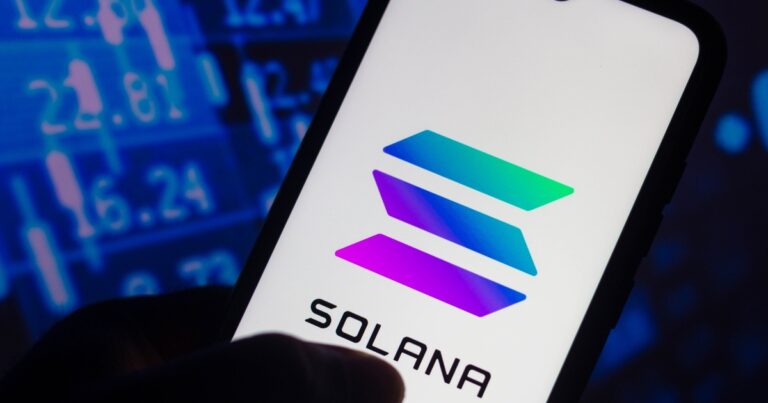
Source: blockchain.news
According to Messari, high-performing, open-source blockchain Solana faced a challenging second quarter of 2023, marked by regulatory hurdles and a decline in its market capitalization and revenue. However, the network also saw an increase in fee payment activity and an increase in non-voting transactions, indicating continued user engagement and utility for the network.
Solana (SOL) market capitalization declined 9.2% after the Securities and Exchange Commission (SEC) alleged that SOL is a security in its regulatory actions against coin base and Binance. This prompted some exchanges, such as Robinhood, to announce plans to remove SOL. Despite these challenges, Solana ended the quarter as the 10th largest crypto asset by market capitalization, reaching $7.2 billion.
Solana’s revenues, measured in SOLs, decreased 15% quarter-on-quarter as priority rate utilization cooled during the second quarter. This decrease was due to fewer users choosing to pay priority fees, causing the network’s average transaction fee to drop.
Despite these setbacks, Solana experienced a surge in contributor activity in May 2023, fueled by user accounts interacting with an unknown program. This led to a 15.9% QoQ increase in the average single fee payer metric. In addition, the daily average of non-voting transactions increased 24.1% qoq, suggesting sustained economic activity on the network.
Participation in the Solana network was flat during the second quarter, while the average number of validators decreased 21.1% qoq. The Solana Foundation continued its growth initiatives, including convertible grants, a $10 million AI fund, and the announcement of Grizzlython winners.
In terms of ecosystem development, Solana’s DeFi sector saw significant growth, with Solend surpassing Orca as the largest DeFi protocol on Solana. Solend’s TVL grew ~59% QoQ, contributing to the inflow of new capital into Solana’s DeFi ecosystem.
The NFT sector in Solana also saw continued development, despite a 41.5% decline in USD-denominated secondary market sales volume. The Solana Foundation announced state compression, a cost-effective method of storing data on-chain, which several projects quickly took advantage of.
Looking ahead, Solana plans to continue its far-reaching growth strategies, despite the regulatory challenges it faced in the second quarter. Key developments to watch include the progress of Firedancer, the introduction of the new Token-22 standard token, the release of Neon EVM, and the expansion to AI.
In conclusion, while Solana faced significant challenges in the second quarter of 2023, the continued growth in user activity and the development of the network ecosystem indicate its resilience and potential for future growth. However, the outcome of the SEC’s actions remains a key factor that could affect Solana’s performance and market position.
Read More at blockchain.news